(ECNS)-- A rocket was successfully launched from a space platform into 25 to 40 kilometer "near space" from Lenghu Town, Haixi Prefecture, northwest China’s Qinghai Province on Sunday morning.
The launch used a high altitude zero-pressure helium balloon as a space platform.
Through remote control to achieve aerial ignition and launch, the rocket can carry loads and undertake data collection, and achieve parachute landing after reaching a predetermined altitude.
This is the world's first test launch of a sounding rocket from an aerostat.
So far, only Stanford University has carried out a test on launching rockets based on a high-altitude balloon, but the balloon had a very low payload, and the rocket carried was very small.
In this test launch, the rocket reached the expected flight altitude, and the data recovery was stable and successful, which made breakthroughs to atmospheric physics research and high-altitude detection methods.
The launch was jointly conducted by the Institute of Atmospheric Physics, Chinese Academy of Science and Beijing Xingjian Tianhang space technology company.












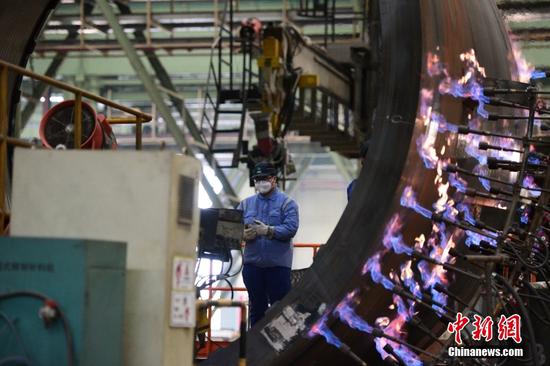


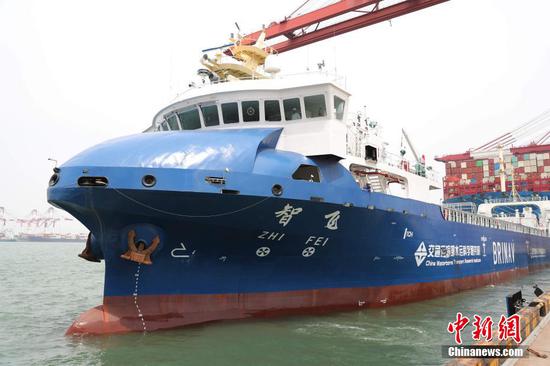










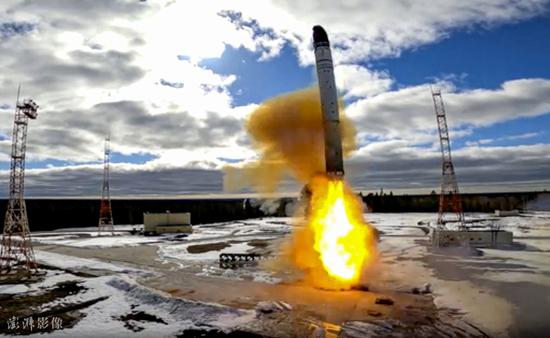








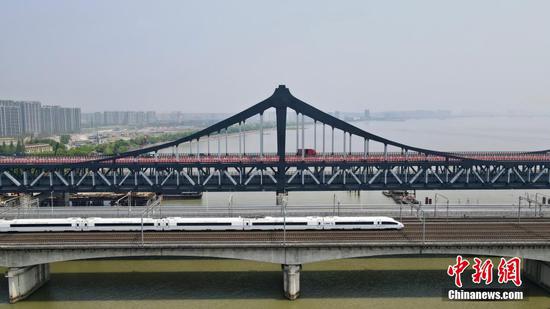
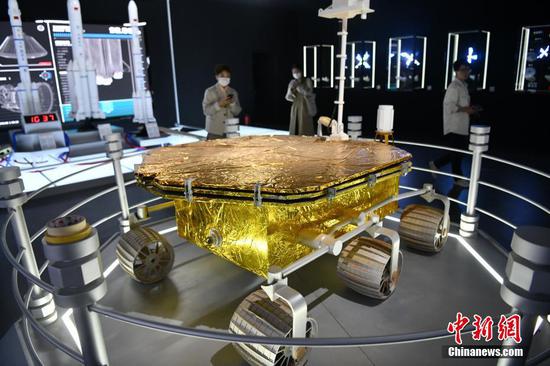











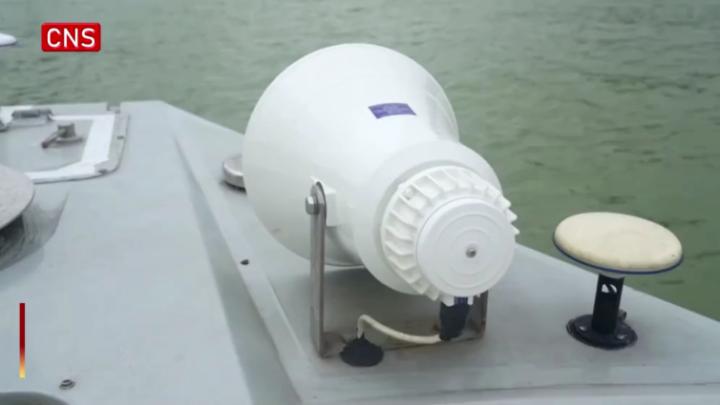

 京公网安备 11010202009201号
京公网安备 11010202009201号